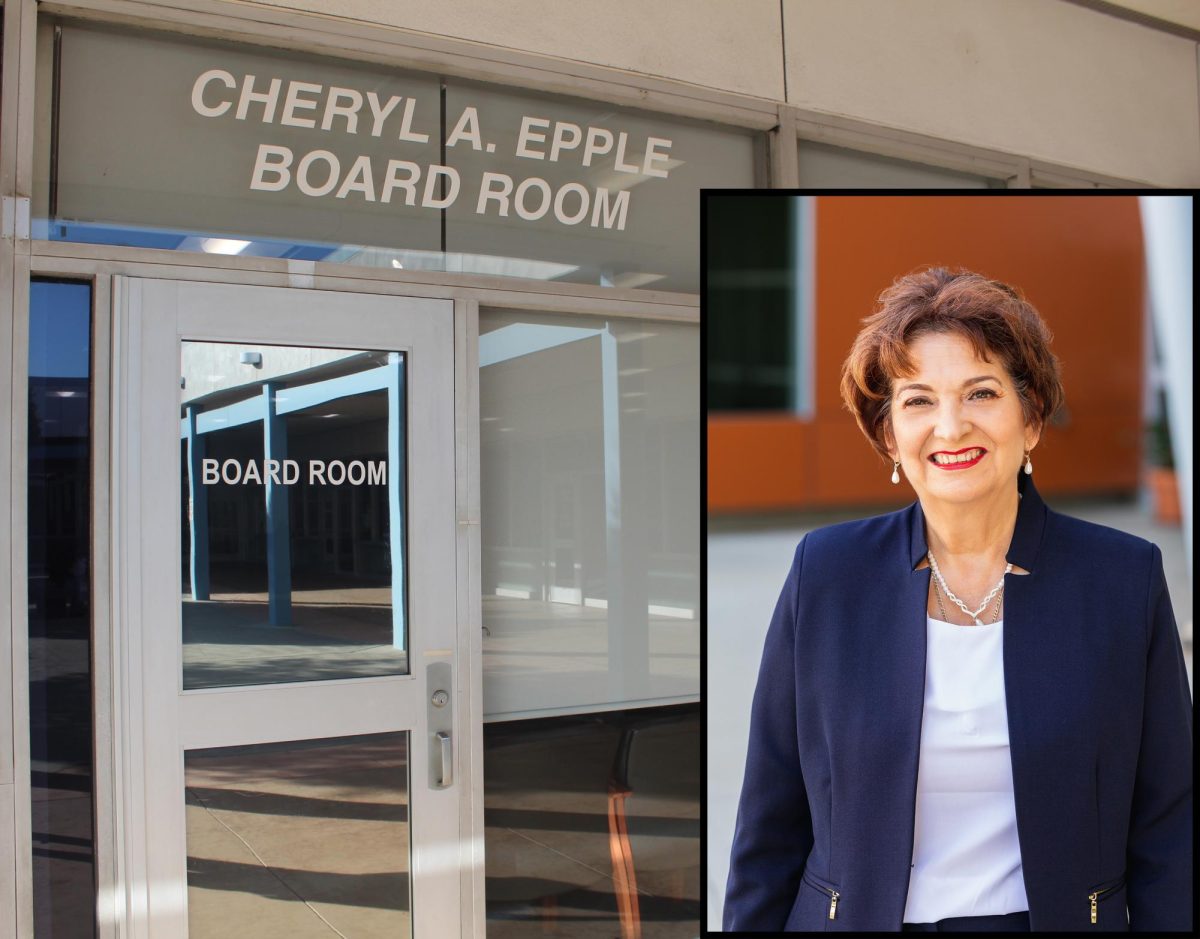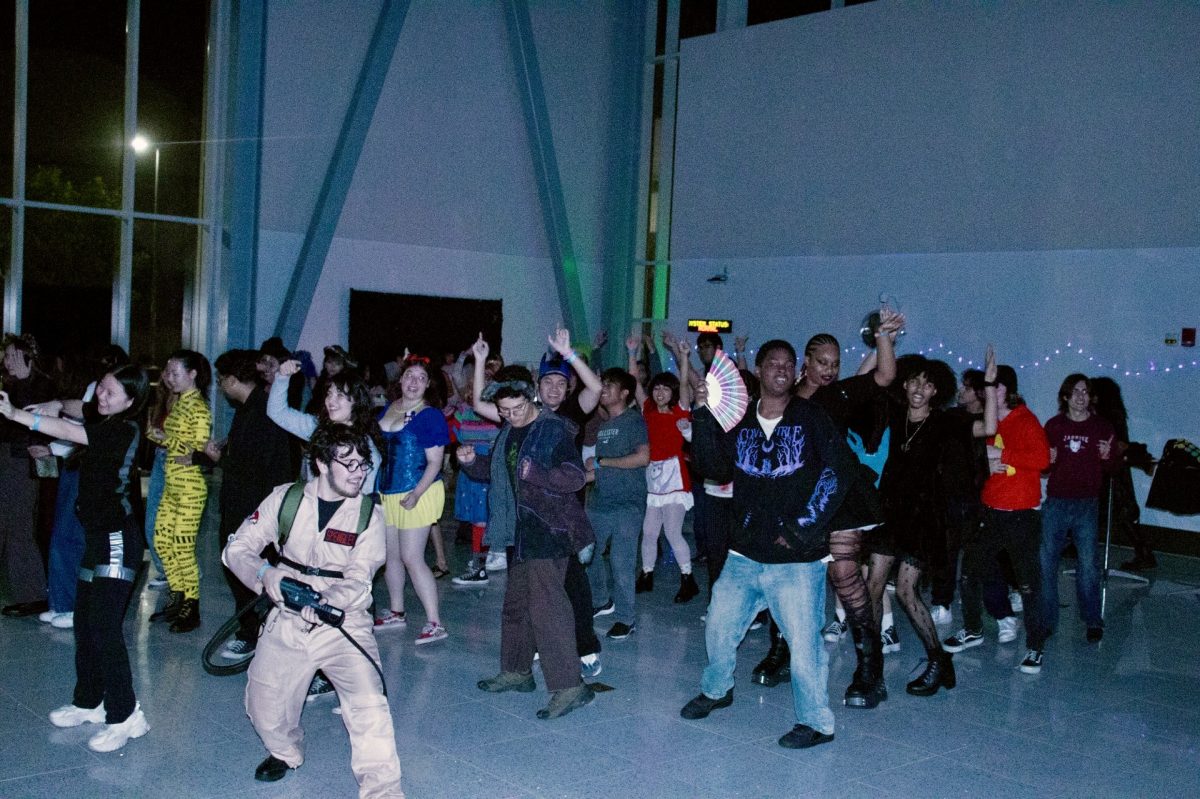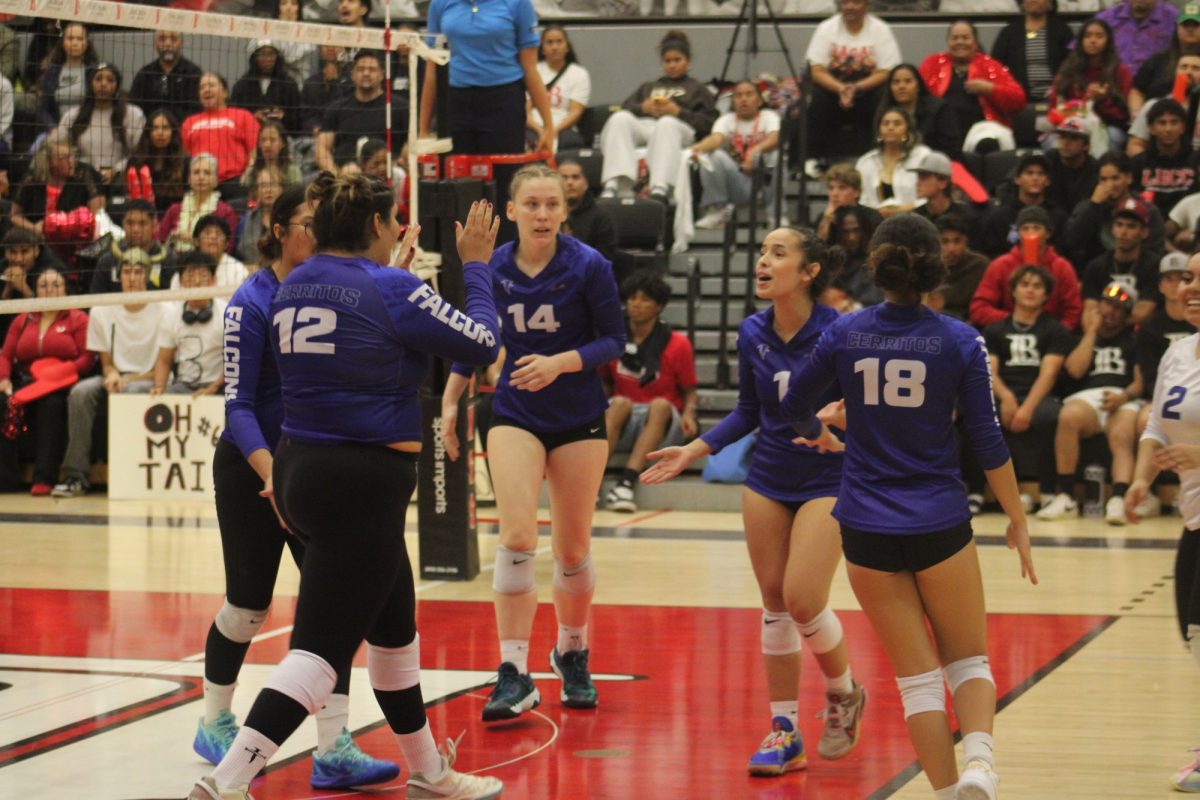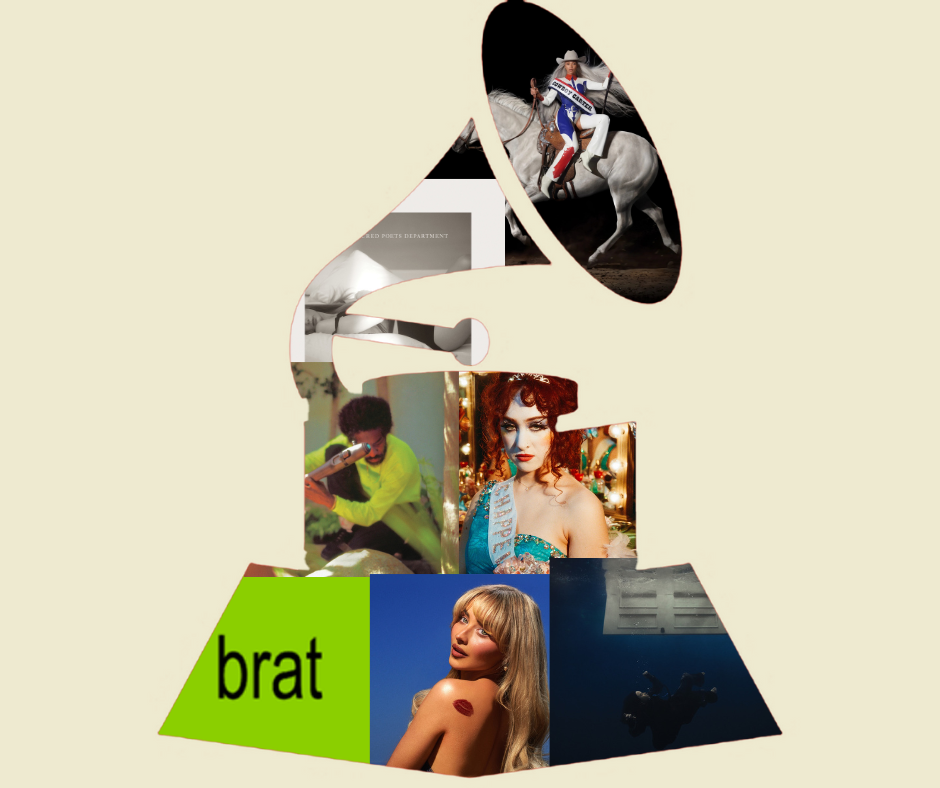Cerritos College Alumnus and award-winning journalist, Erick Galindo ‘09, was the latest guest on the college’s new monthly virtual series ‘Alumni Conversations’ which highlights the “interesting career paths Cerritos College alumni have taken,” on Feb. 25.
Galindo, who is also a LA Times and New York Times contributor, author, and essayist for NPR station KPCC, discussed his buzz-worthy NYT article The ‘Mexican Beverly Hills’, a story about identity and living in Downey, a town which most Latinos in South East LA consider to be an indicator of success in attaining the American Dream.
“I wanted to write a piece about Latinos,” says Galindo, “They’re not victims, they’re hard-working people. There’s so many layers to Latinidad that I wanted to peel off a little bit of the onion for them.”
Galindo says he was motivated to write this article to show a side of the Latino community that the mainstream media historically doesn’t show.
Not all Latinos are struggling and many are living a life of success and wealth in this country “without having to give up ties to their respective and diverse Latin American cultures.”
Galindo said he received a lot of criticism, mainly from people who took offense to the name of the article itself.
Some didn’t like how it labeled all Latinos as Mexicans. Others thought that by calling it Beverly Hills, it dismisses the real life struggles Downey residents experience.
The Cerritos College Alumni said he purposely chose the name as satire — of course, not all Latinos living in Downey are Mexican — and is also aware that calling it ‘Beverly Hills’ only centers success through a white lens.
During his time as a student at Cerritos College, Galindo remembers his journalism professor and former department chair, Rich Cameron, telling him “For every hate mail, there are usually five people who love it.” He added that he copes with hate mail through laughter.
Galindo also gave advice to students who are either thinking about or working on their career in journalism, emphasizing the importance of being adaptable as a journalist, in an industry that is ever-evolving thanks to the internet and social media.
“You need to be strong with storytelling and learn where storytelling fits in these new tools. Like how to tell a story in a 15-second TikTok or in a Twitter thread.”
He likened the profession of journalism to a business where one must have a strategy, learn to pitch and sell their ideas and make network connections. “Just be friendly with people,” he added.
Galindo also spoke about his experiences throughout his journalism career and what it’s like being a Latino in a white-dominated industry.
He described how racial discrimination has shifted from blatant racist comments in the workplace, to a more subtle form of racial discrimination, or micro-aggressions.
“White editors won’t trust a quote I have from Latino or Black sources. They question them in a way that they don’t question the others [non-minorities].”
When asked if he wanted to create a platform to amplify work by people of color, Galindo said he hadn’t really thought about creating such space.
“My goal is to enter spaces that are traditionally white and suffer through the microaggressions,” Galindo said, “in order to make those spaces less white.”
In the future, Galindo wants to create a production company which creates content that is more representative of the modern mainstream, “which is a very diverse and inclusive space.”
“I really want to reach white audiences. They need to see us as humans.”















